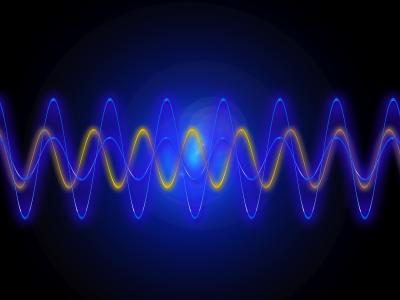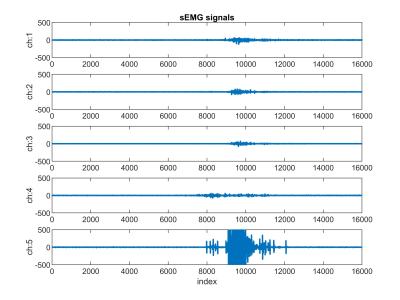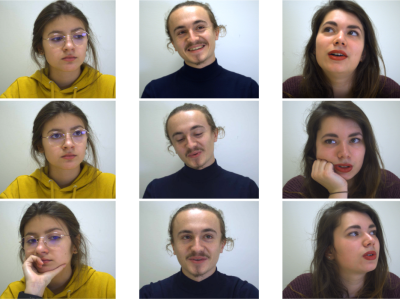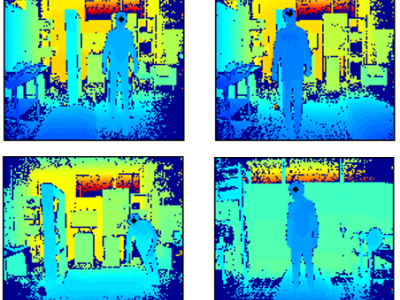Electromyography Analysis of Human Activities - DataBase 2 (EMAHA-DB2)
- Citation Author(s):
-
Durgesh KusuruMainak Thakur
- Submitted by:
- Anish Turlapaty
- Last updated:
- DOI:
- 10.21227/0e4c-zc53
- Data Format:
- Research Article Link:
 912 views
912 views
- Categories:
- Keywords:
Abstract
We present a sEMG signal database corresponding to the Indian population named “ElectroMyography Analysis of Human Activities - DataBase -2 (EMAHA-DB2).” This data set consists of two different weight training activities which involve isotonic and isometric contractions. Weight training activities are effective for improving muscle strength, overall health, and regaining limb functionality for people undergoing rehabilitation post stroke-related episodes. The EMG signals acquired during weight training can be used for muscle recruitment analysis. For example, during a specific movement, it can determine the set of recruited muscles and their order of recruitment. The institutional ethics committee of Indian Institute of Information Technology Sri City (No. IIITS/EC/2022/01) approved the proposed data collection protocol developed in accordance with the declaration of Helsinki and the “National Ethical Guidelines for Biomedical and Health Research involving human participants" of India. Nine healthy male subjects with no history of upper limb pathology participated in the sEMG data collection process. The average age is 21 years. Before the first session of activities, each of the participants gave written informed consent and the data collection process is completely non-invasive. At the beginning of each session, the participant's hands are cleaned with an alcohol based wet wipe. The total duration of each session is up-to one hour per subject depending on adaptability. Each of the hand muscle activity is recorded with a 2-channel Noraxon Ultium wireless sEMG sensor setup. Two self-adhesive Ag/AgCL dual electrodes were placed at Biceps Brachi(BB) and Flexor carpi ulnaris (FCU) muscle locations. During an activity, the subject is in a standing position and the weight is placed on a table at a convenient height for pickup. Each activity has three phases: rest followed by action and release. Each activity is repeated nine times. In order to avoid muscle fatigue, subjects rest for two minutes between different activities. (2022-12-20)
Instructions:
There are totally 20 matlab files corresponding to isometric and isotonic activities. The mat files associated with isometric and isotonic activities will be in the form as MSub_Any and TSub01_Any respectively. Each subject has a separate mat file. This mat file consists of many headers such as name of the activity, time begin, time end and sources. Moreover the data corresponding to each channel is within the sources header. If we go inside the sources we see signals in structure format. Inside this we have the EMG data corresponding to each channel ( signal_1 and signal_2). Data in signal_1 and signal_2 corresponds to EMG data of each channel.
Dataset Files
- Isometric Subject 01 (Size: 34.76 MB)
- Isometric Subject 02 (Size: 34.76 MB)
- Isometric Subject 03 (Size: 34.76 MB)
- Isometric Subject 04 (Size: 34.76 MB)
- Isometric Subject 05 (Size: 34.77 MB)
- Isometric Subject 06 (Size: 34.76 MB)
- Isometric Subject 07 (Size: 34.76 MB)
- Isometric Subject 08 (Size: 34.77 MB)
- Isometric Subject 09 (Size: 34.76 MB)
- Isotonic Subject 01 (Size: 34.76 MB)
- Isotonic Subject 02 (Size: 34.76 MB)
- Isotonic Subject 03 (Size: 34.76 MB)
- Isotonic Subject 04 (Size: 34.76 MB)
- Isotonic Subject 05 (Size: 34.77 MB)
- Isotonic Subject 06 (Size: 34.76 MB)
- Isotonic Subject 07 (Size: 34.76 MB)
- Isotonic Subject 08 (Size: 34.76 MB)
- Isotonic Subject 09 (Size: 34.76 MB)











.